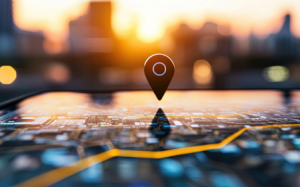Broadening Robotic Sensory Capabilities
Broadening Robotic Sensory Capabilities
Robotic technology is advancing at an unprecedented rate, with a significant focus on enhancing sensory capabilities. This development aims to make robots more responsive and adaptable to their environment, thereby increasing their efficiency and effectiveness in various applications.
Enhancing Robotic Perception
Researchers are working tirelessly to improve the perception abilities of robots. This involves equipping them with advanced sensors that can accurately interpret their surroundings. These sensors can detect light, sound, temperature, and even chemical changes, enabling robots to respond appropriately to different situations.
- Light sensors allow robots to navigate in various lighting conditions.
- Sound sensors enable robots to respond to auditory cues.
- Temperature sensors help robots operate safely in different climates.
- Chemical sensors allow robots to detect harmful substances and avoid them.
Improving Robotic Touch
Another area of focus is the development of tactile sensors that can mimic the human sense of touch. These sensors allow robots to handle delicate objects without causing damage. They also enable robots to perform complex tasks that require a high level of precision and sensitivity.
Expanding Robotic Taste and Smell
While still in the early stages of development, researchers are exploring the possibility of giving robots the ability to taste and smell. This could have significant implications for industries such as food and beverage, where robots could be used to test product quality.
Conclusion
The broadening of robotic sensory capabilities is a significant step forward in the field of robotics. By enhancing perception, touch, and potentially even taste and smell, robots are becoming more adaptable and efficient. This not only increases their potential applications but also improves their ability to operate safely and effectively in a variety of environments.














